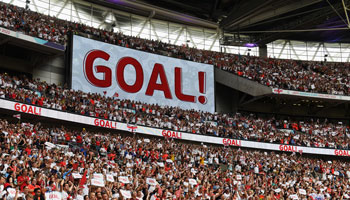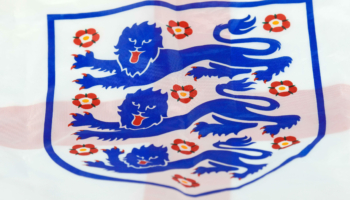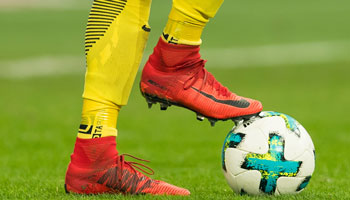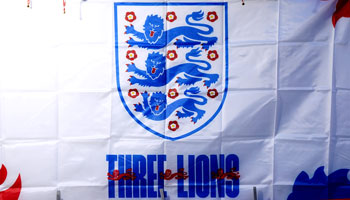For most football fans, their favourite players’ first match of the new season will actually be for their countries rather than their clubs.
The second iteration of the UEFA Nations League kicked off this week with a revised format, so we’ve broken it down to work out what’s likely to happen.
How does the UEFA Nations League work?
The Nations League was devised as a more competitive replacement for international friendlies and provides an alternative qualification route for the World Cup and European Championships.
The 55 UEFA member nations have been divided into 12 groups based on their rankings from the inaugural tournament. The top three leagues – A, B and C – each comprise four numbered groups of four teams while the bottom league, D, has one group of four and another of three.
In each group, teams play each other twice – at home and away – with most of the eventual group winners being promoted and the bottom teams relegated.
Promotion isn’t an option in League A, but the four group winners qualify for the final stage: semi-finals, a third-place play-off and a final to determine their rankings.
Relegation, likewise, isn’t a concern for teams in League D, but in League C there is an extra step.
While there are four groups in both Leagues B and C to accommodate the four bottom teams from the league above, there are relegation play-offs for the four bottom teams in League C to determine which two suffer the drop.
What could happen in 2020-21?
We have used each team’s current FIFA World Ranking points to calculate the relative difficulty of their fixtures and predict how the groups will finish.
Group A2, which contains England, looks to be the most polarised in League A with Belgium’s 1,765 points far exceeding Iceland’s 1,465.
The Belgians sit at the top of the latest FIFA Rankings and will be expected to reach the final stage.
Meanwhile, Group A4 looks the toughest to call with Spain ranking similarly to Switzerland and Germany.
There’s an even narrower spread of ability in Group B1, where the four teams are all within 56 ranking points of each other.
Wales and Slovakia should be targeting promotion to League A given their favourable draws which see them both averaging over 100 ranking points more than their opponents.
League C is the most diverse, with the closest group still having a 145-point spread between the best and worst-ranked teams.
Groups 1 and 2 have the clearest favourites on paper, with Montenegro and North Macedonia each ranking comfortably more highly than the teams they have to play.
In Group C3, where Greece and Slovenia look set to contest a close promotion race, we find a Moldova side who are ranked 175th in the world and seem incredibly likely to be relegated.
Finally in League D there are also standout candidates for promotion, with the Faroe Islands and Liechtenstein noticeably outranking their group rivals.
Join bwin today and receive up to £20 money back as a FreeBet if your first wager at odds of 1/1 (2.0) or greater is a loser! Terms and conditions apply.
















